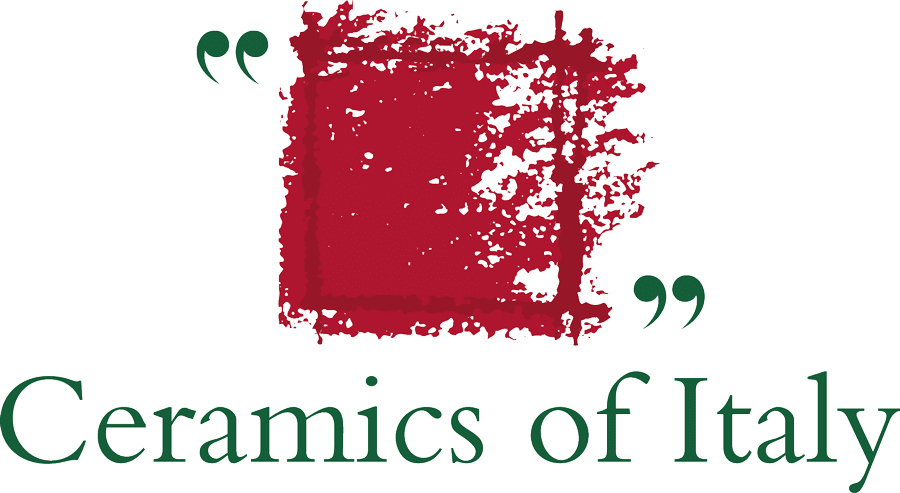Just as any form of creativity must be guided by a serious and in-depth process of knowledge acquisition, so too architecture requires knowledge and a sense of creative empathy with the location. It was with this in mind that Mario Cucinella founded the SOS School of Sustainability in Bologna, led by director Massimo Imparato, envisaging it as a place where the professionals of the next twenty years would be able to train, grow and address major challenges. An understanding of materials and their level of sustainability is critical in the field of architectural design, both now and in the future. Materials such as wood and ceramic carry a message that is as old as mankind yet at the same time utterly contemporary.
Created from water, earth and fire in an age-old tradition supported by today’s cutting-edge technologies, ceramic is one of the most sustainable of all materials available for use by architects and fits in perfectly with a new vision in which sustainability and materiality are synonymous with human comfort and well-being. The failure of architecture to adapt to places, cultures, landscape and energy use has created models that are not suited to the local climate and conditions, transforming the built environment from an opportunity into an energy problem of planetary dimensions.
Despite the potential offered by the exponential growth of cities, the increasing focus on profit on the part of the global economies has detracted attention from human beings and instead created places of division and alienation such as the suburbs. To exploit the potential offered by suburban building, it is therefore essential to adopt a new approach to planning and to engage the institutions, the academic world and companies.
Cucinella sees the SeiMilano project as an important urban regeneration plan for the city’s southwestern periphery based on the garden city model in which architecture is closely integrated with the landscape. In the vision pursued by Cucinella and the SOS, architecture must reclaim its influential role at the centre of the process of societal change, giving future leaders the tools they need to tackle the architectural challenges of the future. Examples include the projects carried out by Cucinella’s practice for the healthcare sector such as the City of Health and Research (Città della Salute e della Ricerca) in Sesto San Giovanni (MI) and the new Surgery and Emergency Unit (Polo Chirurgico e delle Urgenze) of the San Raffaele Hospital in Milan, healthcare spaces that are designed with a focus on detail and quality in keeping with a concept of hospitality and care. This marks a new concept of sustainability that takes account of building technology and performance and above all promotes a relationship between architecture and landscape that is capable of creating a sense of identity. Only by adopting a model that is attentive to places and people is it possible to transform sustainability from aspiration to action and enable architecture to re-establish a deep bond between human beings and the natural and built environment.
Watch the video of the conference held at Cersaie 2018.
April 2019



 Architects
Architects
 Construction firms
Construction firms

